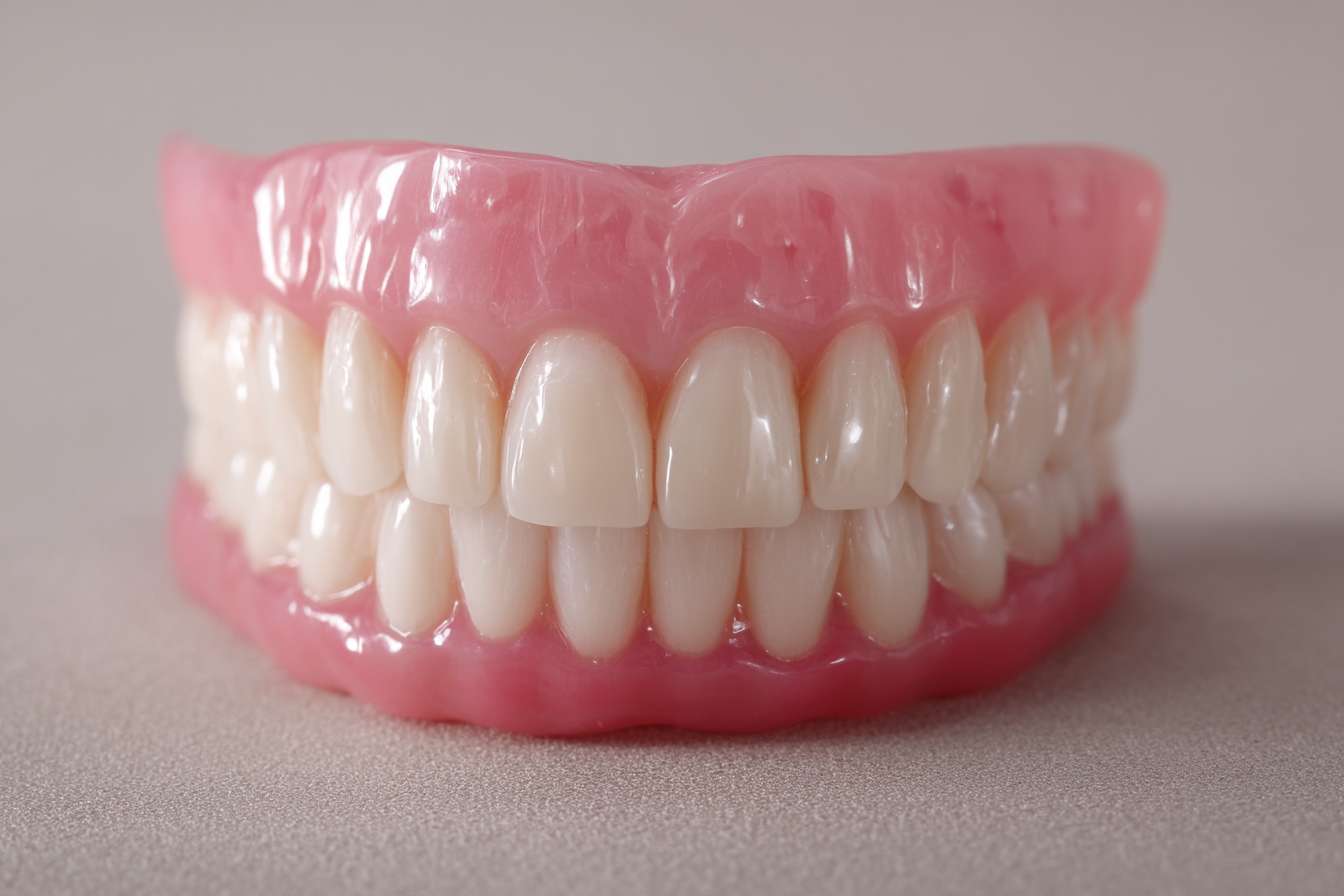Guide to Dental Clips for Missing Teeth: Options, Uses, and What to Expect
Dental clips are a practical solution for replacing missing teeth, designed to restore appearance and comfort in a non-invasive way. This 2025 guide outlines how they work, what to expect from the fitting process, and how different types compare in design and maintenance. It also explains general cost factors and care tips, offering an educational overview for those exploring restorative dental options.

Understanding Dental Clips and Their Purpose
Dental clips, often referred to as dental clasps or retainers, are metal or acrylic components used to anchor removable dental prosthetics, particularly partial dentures, to existing natural teeth. These clips provide stability and prevent the prosthetic from shifting during eating or speaking. Unlike full dentures that rest on the gums, partial dentures with dental clips rely on the support of remaining teeth, making them a suitable option for individuals who have lost some but not all of their teeth.
The primary purpose of dental clips is to create a secure fit that mimics the natural function of teeth. They are custom-designed to fit around specific teeth, distributing pressure evenly and reducing strain on the gums. This design helps maintain oral health by preventing bone loss and preserving the structure of the jaw. Dental clips are commonly made from materials like cobalt-chromium alloy or flexible thermoplastic resin, depending on the patient’s needs and aesthetic preferences.
How Dental Clips Work
Dental clips function by gripping onto adjacent natural teeth, creating a stable foundation for the partial denture. The clips are strategically placed to maximize retention while minimizing visibility. When a partial denture is inserted, the clips engage with the natural teeth, holding the prosthetic firmly in place. This mechanism allows for normal chewing and speaking without the worry of the denture slipping or moving.
The design of dental clips varies based on the location of missing teeth and the condition of remaining teeth. Some clips wrap around the tooth at the gum line, while others may engage near the chewing surface. Dentists use precise measurements and impressions to ensure the clips fit comfortably and securely. Modern dental clips are often designed to be discreet, with options that blend with the natural color of teeth or gums, reducing their visibility when smiling or speaking.
Cost Factors and Average Ranges
The cost of dental clips and partial dentures varies significantly based on several factors, including the materials used, the complexity of the case, the number of missing teeth, and geographic location. On average, partial dentures with dental clips can range from $300 to $5,000 per arch. Basic acrylic partial dentures with simple clips typically cost between $300 and $1,500, while cast metal partial dentures with precision-engineered clips can range from $1,500 to $5,000.
Additional factors influencing cost include the dentist’s experience, laboratory fees, and whether preliminary treatments like tooth extractions or gum therapy are needed. Dental insurance may cover a portion of the cost, typically between 50% and 80%, depending on the policy. Patients should verify coverage details with their insurance provider before proceeding with treatment.
| Product/Service | Provider | Cost Estimation |
|---|---|---|
| Acrylic Partial Denture with Clips | General Dental Practices | $300 - $1,500 |
| Cast Metal Partial Denture with Clips | Prosthodontists/Specialists | $1,500 - $3,500 |
| Flexible Partial Denture with Clips | Cosmetic Dental Clinics | $700 - $2,500 |
| Precision Attachment Partial Denture | Advanced Dental Laboratories | $2,000 - $5,000 |
Prices, rates, or cost estimates mentioned in this article are based on the latest available information but may change over time. Independent research is advised before making financial decisions.
Advantages and Limitations
Dental clips offer several advantages for individuals with missing teeth. They provide a removable solution that is less invasive than dental implants, making them suitable for patients who may not be candidates for surgical procedures. Partial dentures with clips can be adjusted or repaired relatively easily, and they help maintain the alignment of remaining teeth by filling gaps that might otherwise cause shifting.
However, dental clips also have limitations. Some patients find the metal clips visible when smiling, which can be a cosmetic concern. The clips may also cause slight discomfort initially as the mouth adjusts to the prosthetic. Over time, the clips can wear down or loosen, requiring adjustments or replacement. Additionally, dental clips place pressure on the anchor teeth, which may lead to increased wear or sensitivity in some cases. Proper oral hygiene and regular dental check-ups are essential to minimize these risks.
Consultation and Professional Guidance
Before deciding on dental clips and partial dentures, a thorough consultation with a dentist or prosthodontist is essential. During the initial visit, the dentist will evaluate the condition of your remaining teeth, gums, and jawbone to determine if dental clips are the right solution. X-rays and impressions may be taken to create a precise treatment plan.
The dentist will discuss the different types of dental clips available, including traditional metal clasps, flexible clips, and precision attachments that offer enhanced aesthetics. They will also explain the expected timeline for fabrication and fitting, which typically takes several weeks. Follow-up appointments are necessary to ensure proper fit and make any needed adjustments. Professional guidance is crucial for achieving optimal comfort, function, and appearance with dental clips.
Making an Informed Decision
Choosing dental clips as a solution for missing teeth involves weighing the benefits against potential drawbacks and considering your specific oral health needs. Dental clips offer a practical, reversible option that can restore both function and confidence. By understanding how they work, what they cost, and what to expect during treatment, you can approach your dental care with clarity and confidence. Regular maintenance and professional oversight will help ensure your dental clips continue to serve you well for years to come.
This article is for informational purposes only and should not be considered medical advice. Please consult a qualified healthcare professional for personalized guidance and treatment.




